Turkey’s varied geography offers more than beaches drenched in sunlight and ancient ruins. It’s also home to some of the region’s most beautiful waterfalls. Ranging from the moss-swathed canyons of the Black Sea to volcanic uplands in the east, the waterfalls in Turkey gladden not just the eye but the imagination with geography and culture. From hidden forest trails and cliffside drops into the Mediterranean to tiered alpine flows, Turkey’s waterfalls provide a stunning mix of views and solace. Some are designed for tourists, with paved walkways and picnic spots, while others require rugged hikes and an adventurous spirit.
Top 10 Waterfalls In Turkey
Explore the ten must-visit waterfalls in Turkey that represent the best natural beauty for those looking to go beyond the ordinary and escape into Turkey’s wild, lesser-known side.
1. Manavgat Waterfall
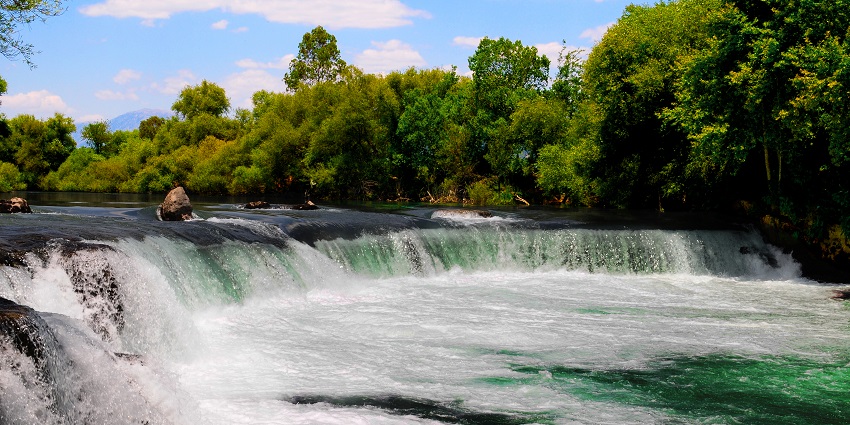
Photo: Daniel Åhs Karlsson / Wikimedia Commons
Manavgat Waterfall can be easily reached by car, taxi or local minibus (dolmuş). The entrance area is properly paved and wheelchair accessible, and there are shaded walkways leading right up to the falls. What distinguishes Manavgat is its low-lying spread along the riverbed, producing a sheet-like roar to the drop of only 3 to 4 metres high but about 40 metres wide. In spring, melted snow from the Taurus Mountains pushes an abundance of water into the river. Counted among the famous waterfalls in Turkey, it has several raised ledges for panoramic views, and one that lets you get close enough to feel the spray without getting wet.
Location: Manavgat, Antalya Province
Best Time To Visit: Spring and early summer
2. Kursunlu Waterfall
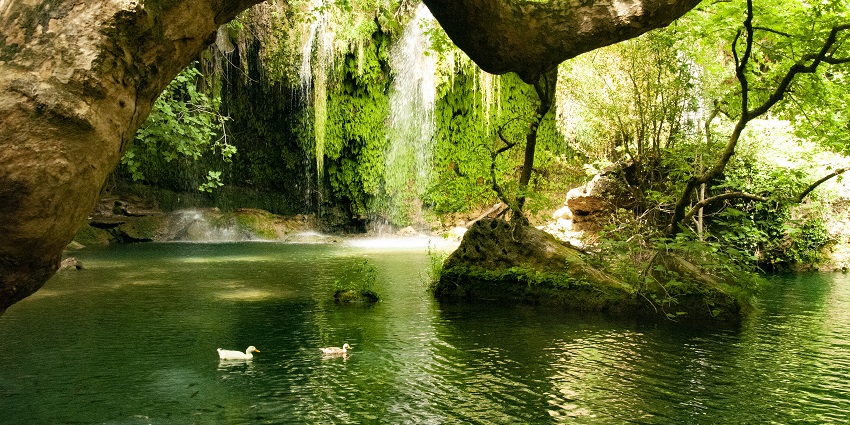
Photo: Muhammetergun1 / Wikimedia Commons / Image For Representation Only
Kursunlu Waterfall is accessed by a paved footpath from the parking area, which descends gradually through pine forests and Mediterranean scrub. The fall plunges 18 meters into a cool pool encircled with moss, fed by tufa-filled underground springs no more than a few hundred yards from the Aksu River. What sets it apart is the network of seven smaller falls that lurk within the gorge, making it one of the most picturesque Turkey waterfalls to explore. Most visitors overlook these, but there’s a short forest loop trail that links them. The whole area is birdsong, as the place is full of woodpeckers, nightingales and owls if you’re up early.
Location: Antalya city outskirts
Best Time To Visit: April to June
3. Düden Waterfalls

Photo: Elshad / Wikimedia Commons
The Düden Waterfalls, Antalya are a set of two separate spots, the upper and lower Düden waterfalls, and are different from one another. Considered among the biggest waterfalls in Turkey, Upper Düden, which is set inland, is famous for the hidden cave system that forces visitors to walk behind the waterfall, viewing the water through a veil of limestone. The cave is damp but secure, with metal handrails and carved rock paths. It’s a bus or taxi ride from downtown, with cafés and shaded rest stops nearby. Lower Düden, where the river dramatically cascades over a 40-metre cliff straight into the sea, is best seen from the public park above or by boat.
Location: Antalya city
Best Time To Visit: Year-round
4. Tortum Waterfall

Photo: Begüm Filiz Öz / Wikimedia Commons / Image For Representation Only
Counted among the largest waterfalls in Turkey, you can access it by a winding drive along the shores of Tortum Lake, which formed after a landslide dammed the valley centuries ago. The road is paved but narrow in places. A well-maintained stone staircase leads up to several viewing terraces, including one that faces directly toward the drop, where mist and wind naturally cool the air. The volume of the water depends on the season, as it reaches its highest level in spring when the snowcaps of Mount Ovit melt.
Location: Uzundere, Erzurum Province
Best Time To Visit: April to June
5. Yerköprü Waterfall
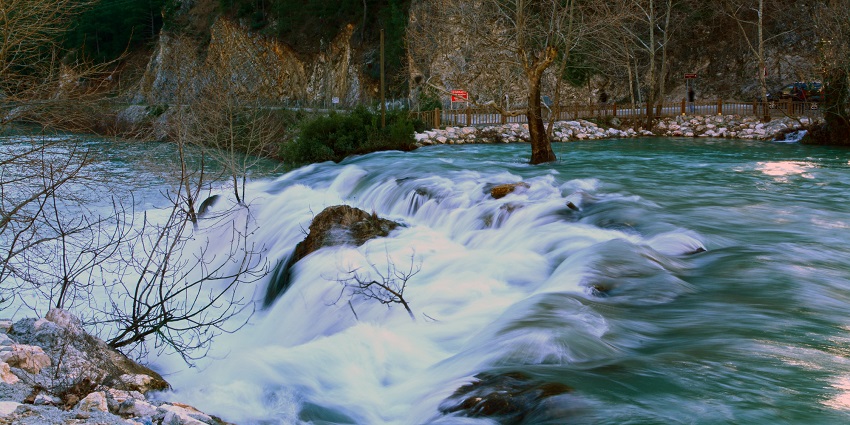
Photo: Zeynel Cebeci / Wikimedia Commons
Yerköprü is a natural wonder where a collapsed cave system causes the Göksu River to erupt dramatically from a gorge carved from limestone rock. Access requires a short but steep hike down stone stairs and wooden boardwalks, so it’s best attempted in sturdy shoes. The route includes shaded wooden gazebos and interpretive signs explaining the karst landforms. A small outcrop platform, encircled with low railings, lets you walk only a few metres from the headlong plunge of the main fall, making it a highlight often featured in the list of waterfalls in Turkey.
Location: Mut, Mersin Province
Best Time To Visit: March to May
6. Erfelek Waterfalls
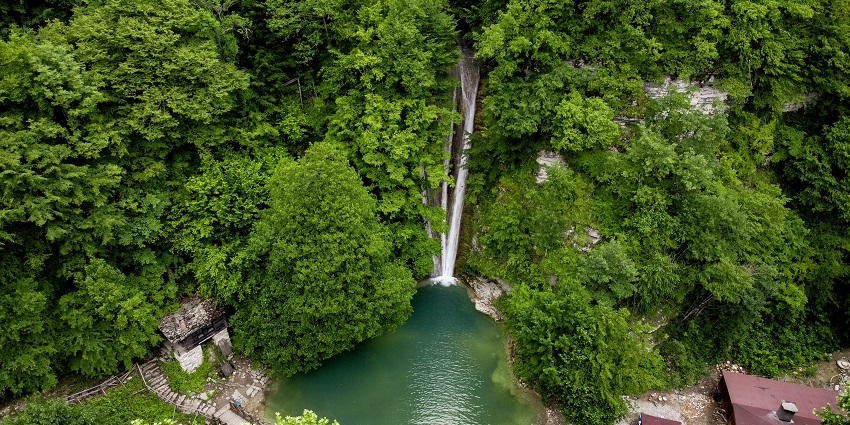
Photo: Erturkercin / Wikimedia Commons
This lesser-known wonder of northern Turkey isn’t one waterfall so much as a sequence of 28 mini-falls rising in a narrow forest canyon. The trail is an ambitious path lit with some light climbing, and there are metal rungs and ropes around slimy rocks, which are not suitable for sandals or children under the age of 6. Most visitors set out to complete the full loop, which takes 1.5 to 2 hours and ends at a picnic clearing at the top. The stream runs cold throughout the year, drawn from underground springs, and for the entire distance, you’re accompanied by the sound of rushing water.
Location: Erfelek, Sinop Province
Best Time To Visit: May to September
7. Kapuzbaşı Waterfalls
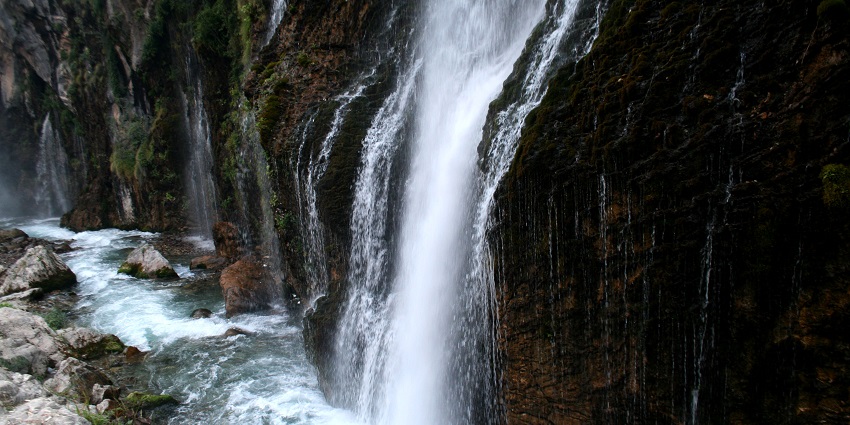
Photo: Tevfik Teker/ Wikimedia Commons
Getting to Kapuzbaşı involves a drive through the Aladağlar Mountains, down some dirt roads and around tight turns, but it’s one of Turkey’s most majestic natural wonders. The cluster of seven waterfalls erupts directly out of the cliff walls, which are spring-fed, not river-fed, giving them a veritable thundering consistency, even in dry months. The falls are surrounded by steep canyons and oak forests, and guesthouses nearby serve homemade food and overnight lodgings for trekkers. Access is difficult in winter due to the terrain, and sudden rain can cause flash flooding in the area.
Location: Yahyalı, Kayseri Province
Best Time To Visit: Late spring to early summer
8. Muradiye Waterfall
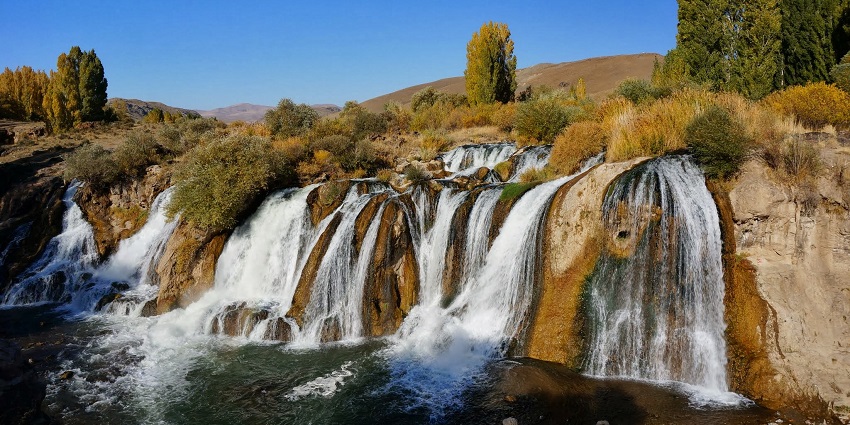
Photo: Ben Bender / Wikimedia Commons
The Muradiye Waterfall is created by a tributary of the Bend-i Mahi River, cascading over the ancient basalt lava flows, a remnant of the region’s volcanic past. The most famous vantage point is a narrow suspension bridge that swings above the river below, affording a heart-stopping view of the falls framed by dark rock. The trail from the parking area is short but uneven, featuring rudimentary steps and handrails. The site remains uncrowded when stacked against western waterfalls, and it’s transformed dramatically with the seasons. In spring, snowmelt makes it roar, and in winter, it partially freezes, creating massive icicles that attract landscape photographers.
Location: Muradiye, Van Province
Best Time To Visit: Spring or winter
9. Samandere Waterfall
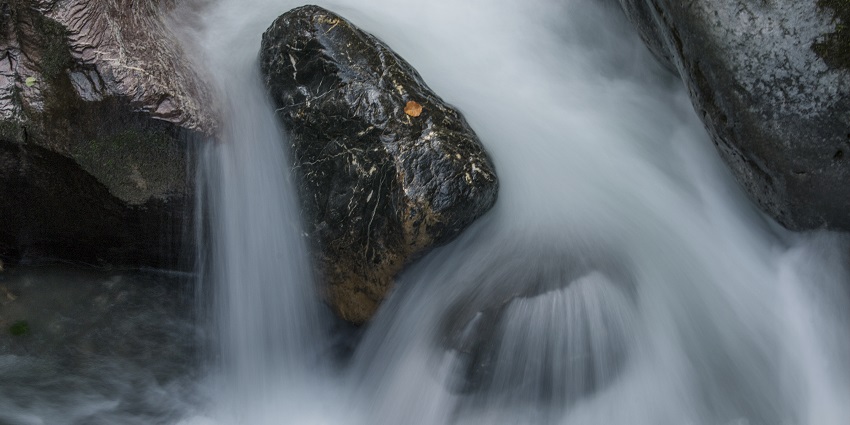
Photo: Aierturk / Wikimedia Commons
Samandere is Turkey’s first official protected waterfall, and it’s part of a larger gorge ecosystem that is located just 25 km away from Düzce city. It’s accessed via a paved but narrow road through a dense chestnut forest. There is a small visitor centre close to the entrance with trail maps and information on local flora. The waterfall is tiered across several mossy ledges, plunging three times into natural rock basins. Elevated wooden bridges and walkways let you walk beside and even across the stream at varying elevations. The gorge that surrounds it is home to endemic mosses, lichens and, in wetter months, even fire salamanders.
Location: Düzce Province
Best Time To Visit: May to September
10. Gelin Tülü Waterfall
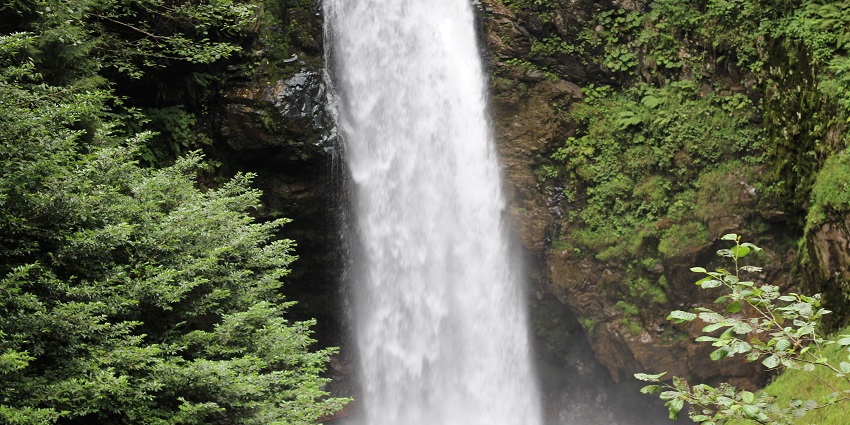
Photo: Valen1988/ Wikimedia Commons / Image For Representation Only
Known for its dainty, lace-like shower, Gelin Tülü is a far-flung but otherworldly sight in the Kaçkar Mountains. The water pours from a steep rock face high above the valley floor, splitting into dozens of thin, gauzy threads. Drive it up a dirt road and take a short hike through thickets of rhododendron and alder. But for the drive, 4×4 vehicles are recommended. The waterfall is seasonal and highly dependent on glacier melt, so late spring is the peak time. Its higher-altitude location means cooler temperatures, even in July, and the trail is lined with patches of wild strawberries.
Location: Şavşat, Artvin Province
Best Time To Visit: Late spring to early fall
From coastal cascades to torrents fed by mountains, the waterfalls in Turkey are as diverse as their landscapes. Each of these sites provides more than coastal scenery; they are experiences rooted in nature, history and local culture. Whether you are photographing frozen falls in Van or trekking behind water curtains in Antalya, these destinations offer a worthwhile escape. For more insights, check a detailed Turkey travel guide to plan your visit with TripXL and explore more than the vibrant bazaars and beaches in Turkey.
Cover Photo: Burak Küçükarslan / Wikimedia Commons


 WhatsApp
WhatsApp
 Twitter
Twitter









